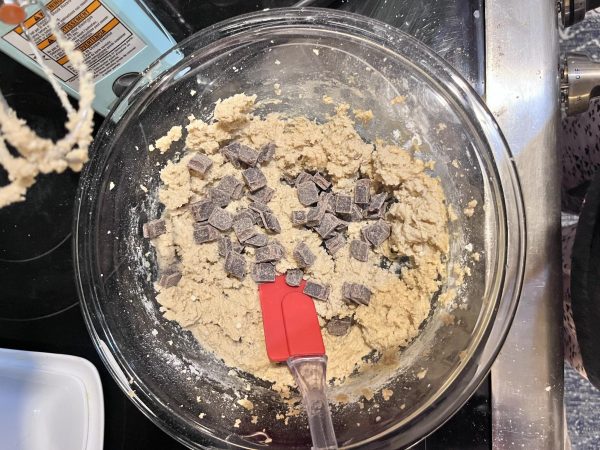How To Start Playing Guitar

Photo courtesy of Toby Russell
My new guitar I bought after a lot of research
Introduction
A few years ago, I began learning how to play guitar. Before then, I hadn’t had too much experience with musical instruments. Thus, learning to play guitar served as a very great learning experience in patience and commitment. Hopefully, I have gained enough experience to be able to pass on what I’ve learned to others who want to start playing the guitar in this guide.
Step 1: Do your research
Before going out and purchasing an instrument, make sure to do your research. For example, find out what style of music you enjoy playing, and what guitar is conducive to that. If you like rock, maybe go for an electric guitar. If country is your favorite, consider an acoustic. Additionally, learn about various features and accessories. If you get a dreadnought (a guitar without a cutoff on the side), you may not be able to easily reach frets past twelve. If you get an electric, you will need an amp. Other accessories such as straps, capos, and cables will be important considerations. Thus, it is integral to conduct at least surface-level research before purchasing a guitar. This can be as little as asking an experienced player or watching some youtube, but it is vital nonetheless!
Step 2: Buy a guitar (plus accessories)
After establishing a budget, you can begin to shop around for an instrument. While it might seem tempting to buy one online, most guitarists recommend at least trying out different guitars hands-on in-store. This allows you to better understand how playing will actually feel. Weight and size are very important. You also want to like the look of the guitar. You want to be sure that you are getting your money’s worth in something that you actually would want to own.
Additionally, the brand and quality of the instrument are something to consider, depending on your budget. Fender is a great brand of guitars to start with, but you might want to go with other brands if they suit your style better. Also make sure that you pick up guitar straps, capos, stands, amps, chords, etc. These are both areas where research is vitally important.
In terms of where to go, many music shops have wide selections and helpful staff to ask questions. In Atlanta, Guitar Center is a reputable place where you can find almost everything that you could want. They do offer some used guitars, but you might find a larger selection on their website. I’m a fan of Music Go Round in Duluth. They have great prices for great second-hand gear. If you are on a tighter budget, this is a great place to go.
Step 3: Find a way to practice
I’ve done in-person guitar lessons for a few years. They are great ways to get experiences to help to learn new techniques, songs, and music theory. Alternatively, you can also get lessons from apps such as Yousician or videos from YouTube. YouTube is one of the best ways to learn new songs/techniques if you can’t learn them from someone else in person. However, the most important thing overall is consistency. If you practice for two hours every week, improvement is a grind. If you practice for 30 minutes a day, improvement is inevitable.
Bonus tip: Learn new songs
One of the most fun parts of learning guitar is getting to play all of your favorite songs. A good thing to keep in mind when choosing songs to play, however, is the various techniques that you might learn by playing the song. For example, one of your favorite songs might have fingerpicking in it. Even if you don’t know how to fingerpick yet, the song will help you to learn it! So, learn new songs and techniques at the same time by being strategic with selections.
Step 4: Create a routine
As mentioned, practicing consistently is one of the most important parts of learning to play guitar. The best way to do this is by establishing a routine. For example, if you consistently practice after school, then it is easier to keep it up. Thus, establishing a regular routine is a great tool.
Step 5: Play for others and enjoy!
Once you are comfortable with playing guitar, the best thing to do is simple: play it! Find opportunities where you can play in front of others or do something special with your new skill. Play songs around the campfire, join a band, do anything that lets you experience guitar in a new way!
Your donation will support the student journalists of Chamblee High School Blue & Gold. Your contribution will allow us to print editions of our work and cover our annual website hosting costs. Currently, we are working to fund a Halloween satire edition.

Toby Russell is a senior and editor of the Blue & Gold. In five years, he hopes finally hit submit on his college apps. If he could have dinner with anybody, it would be former Secretary of State Madeline Albright. But maybe brunch would be more hip.





